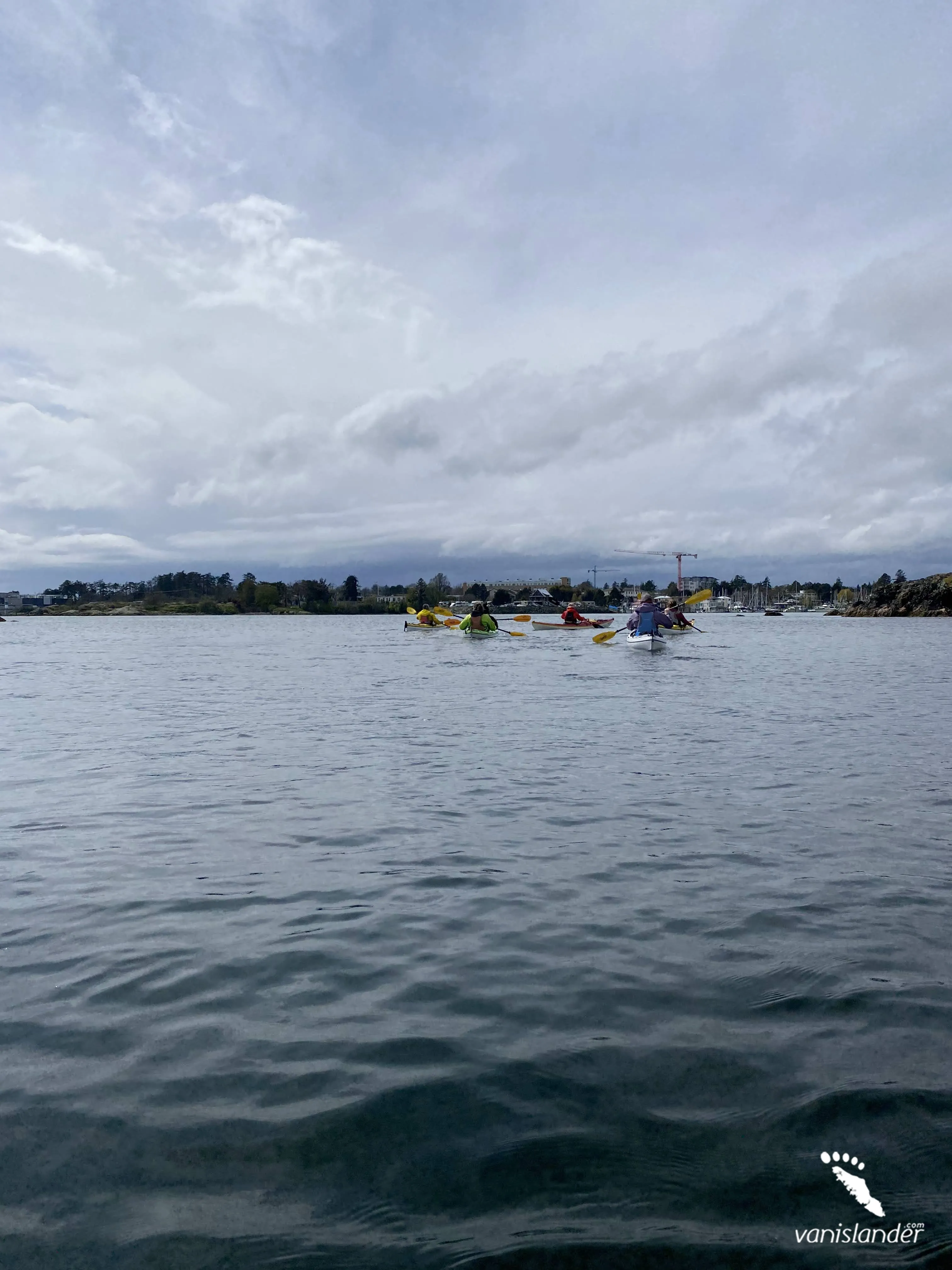History of Nitinat Lake
The name of Nitinat Lake drives from the tribe of Nitinaht (Ditidaht). They were controlling over a vast area from the Jordan River to Pachena Point that Nitinat Lake was included. According to an ethnologist, the Nitinaht people held five bands. In the mid-twentieth century, the Carmanah Band near Carmanah Point and the Clo-oose Band on the Cheewhat River were joined into the Nitinaht tribe by the government order. In the 1890s, for the Nitinaht, the people of Carmanah Point and the Cheewhat River were set aside.
From ancient times, the Nitinaht tribe knows as warriors, fishers, and whalers. They also were using canoes daily.
In the late eighteenth, when European people came to the West Coast for the first time, the Nitinaht people seized several fishing stations on Nitinat Lake and the river. Stations were placed on Cowichan Lake and at "Quitz' of the Cowichan River. At this time, their principal village was at Whyac, an Indian word signifying "a level place above the rocks" or "lookout point." Whyac was a fortified encampment of a cliff viewing the dangerous passage for entering Nitinat Lake.
Same as other West Coast tribes in aboriginal times, during the year, the Nitinahts moved from encampment to encampment, following the hunting and fishing seasons. Whales, salmon, and halibut were among the aquatic food on which these people depended.
